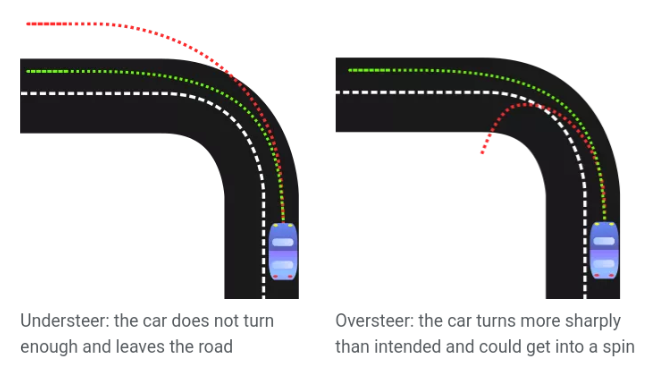One of the most common thing that I see car owners doing wrong is self-prescribing repairs.
What do I mean by self-prescribing? I mean when a car owner brings their vehicle to a repair shop and says “I need a new battery for my car”, or whatever part, but then describes something entirely different. For instance,
A friend drives into a repair shop and asks for a new battery
Technician: Starts the car, sounds good. What makes you think you need a new battery?
My friend: It just wouldn't start today.
Technician: *red flag* Can you describe exactly what it did?
My friend: Uhhh, yeah. I put the key in, turned it, the engine sounded like it was trying to start, but it wouldn't, then later started.
Technician: No sir, you don't need a battery, there is something else going on.
My friend: No, I it's the battery, it wouldn't start. Just replace it
*15 Minutes of arguing later*
Technician: Okay, i'll put a battery in, but it's not going to fix the problem.
*My friend feeling like ha has won the battle*
Technician: New battery is installed. That'll be $150.
After receiving payment: Thanks. Here's also a phone number to a tow company so you can get your car towed out of my shop.
My friend: What?! I thought you just fixed it.
Technician: No… I only put a new battery in it, as you instructed, and now it's stuck in my garage.
This might seem trivial, but this happens EVERY DAY. People think that they know more about performing automotive repairs or diagnostics than the trained repair man, yet need and want them to fix their cars. Here's the thing: don't argue with the car doctor, listen to what he has to say. If you don't like it, please feel free to get a second opinion. Just like your physician, you shouldn't dictate the treatment he should give to you!!








